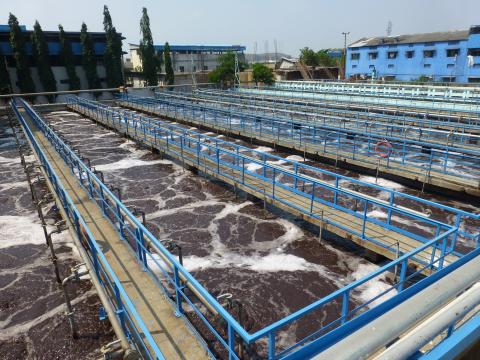The only true leather-building substance in raw hide is corium collagen, everything else (hair, epidermis, fat, some proteinaceous matter etc.) has to be removed for which purpose substantial quantities of both general and specialty chemicals are needed; only some 20 % of them is actually retained by leather. Agglomerations of traditional tanning units with inadequate investment potential, lack of space and specific skills were conducive for setting up Common Effluent Treatment Plants (CETPs) servicing tannery clusters, the concept also adopted in relocations and/or establishing new leather clusters in developing countries. Due to only gradual increase in volumes of effluents and seasonal fluctuations associated with religious festivals, new CETPs are designed in modular way. On-site, physical-chemical (primary) treatment, including strict segregation of streams, catalytic oxidation of sulphide bearing spent floats, chrome management as well as equalization, settling, sludge removal and dewatering are by now already well-established technologies; the biological (secondary) treatment, typically using activated sludge method, often in raceways, in addition to high energy consumption, requires experienced personnel and close monitoring, in particular the removal of excess nitrogen (nitrification/denitrification).
However, reutilisation and/or safe disposal of sludges remains a challenge to deal with. It appears that in very arid regions the best option to overcome the problem of Total Dissolve Solids (TDS, colloquially salinity) is to link tannery (C)ETPs with Municipal Wastewater Works (MWW).
Furthermore, it is important for the leather sector to take a proactive role in battling negative publicity and spreading of misleading information by fake green lobbies and pressure groups. Better coordination among various national, regional and global leather organizations, including R & D institutions would make a stronger impact.


